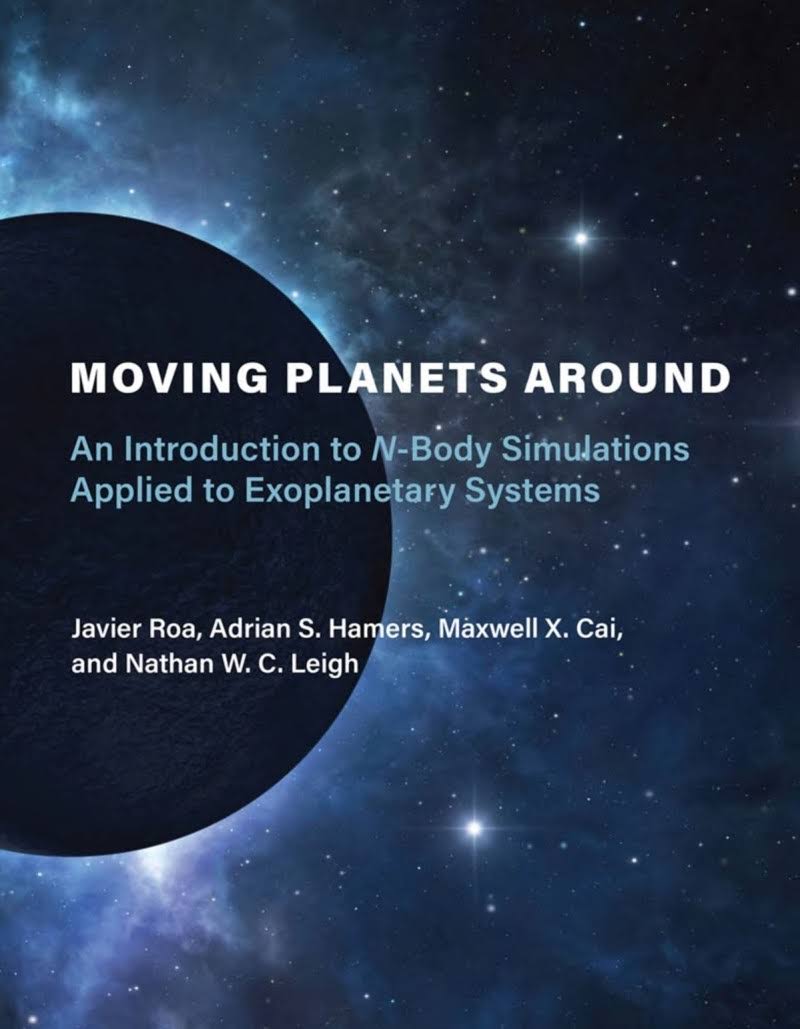N-body simulations is an important research approach in modern astrophysics. Notably, Many students start their careers in this field by using N-body codes as black boxes. On one hand, black boxes indeed hide the complexity of the simulation, allowing the students to approach this field more easily; on the other hand, it can be dangerous to use an N-body code without sufficiently understand how it works.
In collaboration with Adrian Hamers (MPA/IAS), Nathan Leigh (U. Concepcion/AMNH), and Javier Roa (JPL/NASA), supported and guided by Piet Hut (IAS) and Jun Makino (RIKEN/AICS), I have written an education book on modeling planetary system dynamics using N-body simulations. This book is part of the Art of Computational Science project (http://www.artcompsci.org/), and a continuation of the “Moving Stars Around” project (http://www.artcompsci.org/kali/pub/msa/title.html). Targeting undergraduate students with STEM backgrounds, this book introduces the full process of N-body modeling, from writing a simple Euler integrator, to implementing a start-of-the-art Gauss-Radau integrator, to eventually use the self-built code to carry out a real small research project.
The book has been published by the MIT Press in September 2020. More information: https://mitpress.mit.edu/books/moving-planets-around
